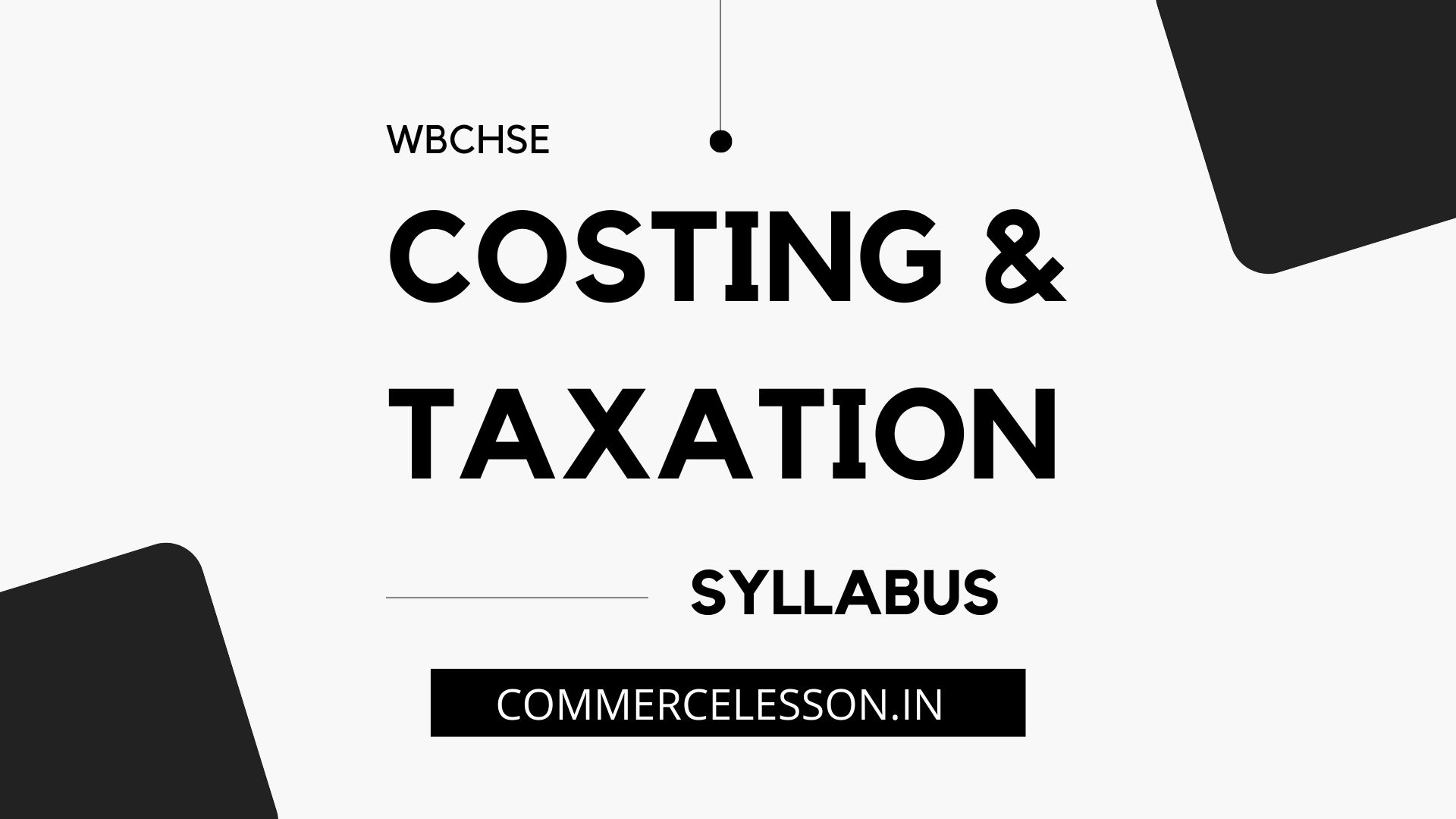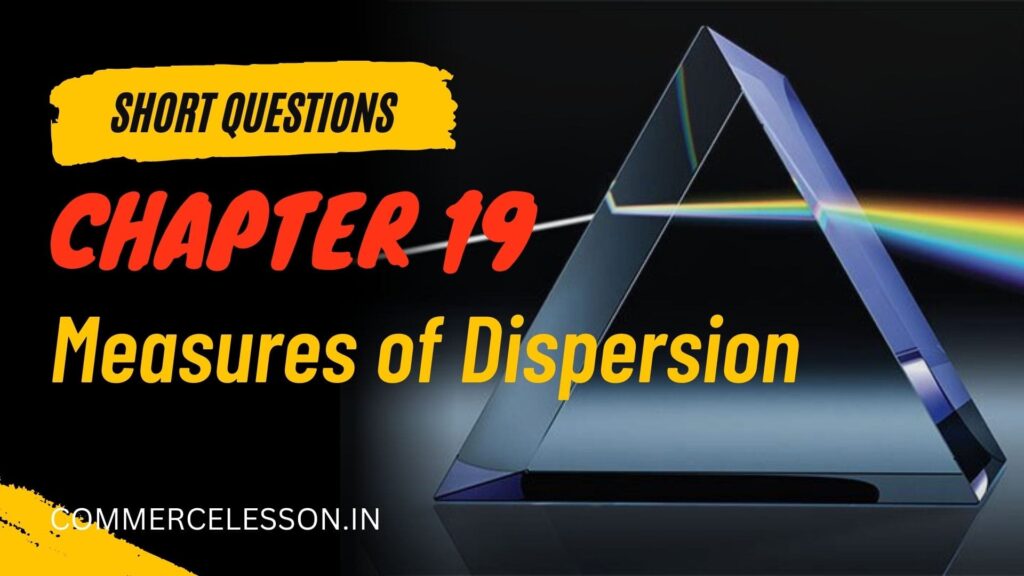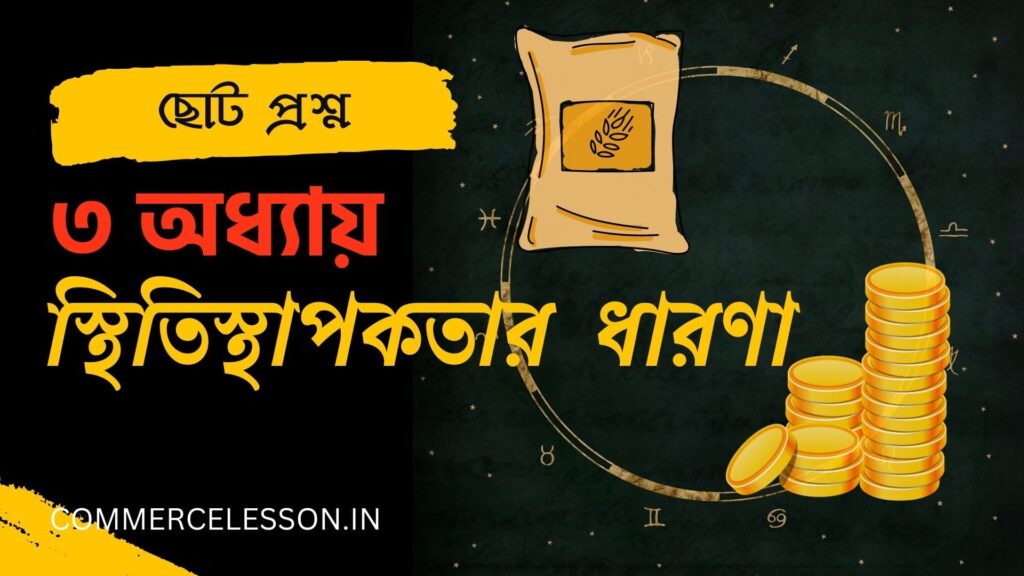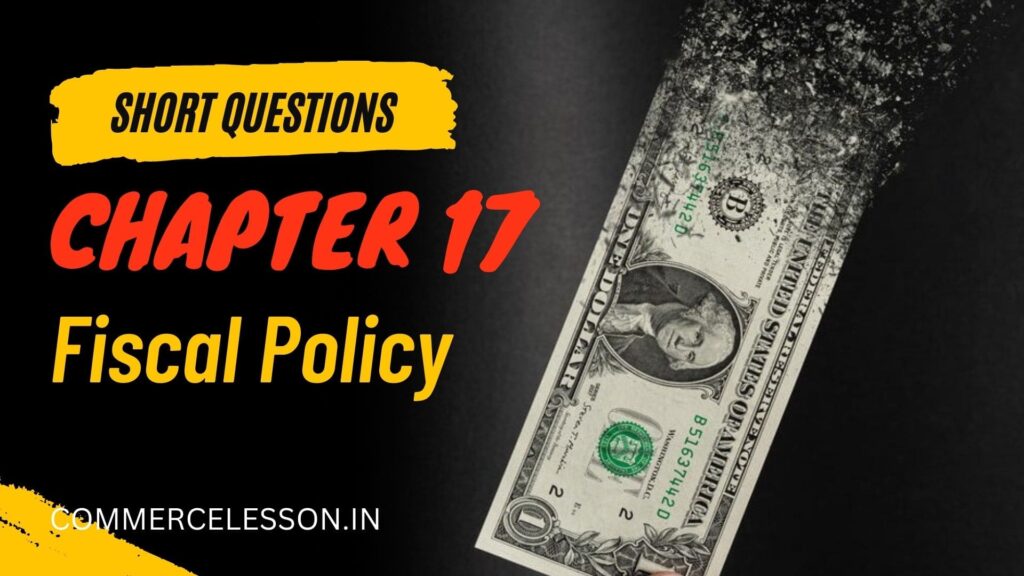COSTING AND TAXATION
COSTING (40 MARKS)
UNIT I : INTRODUCTION : (8 Marks)
Definition of Cost, Cost accounting, Cost centre, Cost unit, Objectives of cost accounting, Features of cost accounting, Advantages of cost accounting, Limitations of cost accounting, Steps or factors necessary for installation of a costing system.
UNIT II : (14 Marks)
A. CLASSIFICATION OF COST :
(i) Element-based Classification : Raw materials cost, Labour cost, Other expenses, Overhead, Prime cost.
(ii) Function-based Classification : Factory cost, Administration cost, Selling cost, Distribution cost, Research and development cost.
(iii) Behaviour-based : Fixed cost, Variable cost, Semi-variable/ Semi-fixed cost, Distinctions between fixed cost and variable cost.
B. PREPARATION OF COST SHEET :
Definition of cost sheet, Basic components of cost sheet, Practical problems on cost sheet (Simple problems excluding cost estimation).
UNIT III : COST OF MATERIALS I : (18 Marks)
A. STORING OF MATERIALS :
(i) Bin Card : Definition and necessity,
(ii) Stores Ledger : Definition and necessity,
(iii) Centralised Stores and Decentralised Stores.
B. MATERIALS CONTROL :
(i) Necessity of Material Control,
(ii) Fixation of Stock Levels of Materials : Re-order stock level, Maximum stock level, Minimum stock level, Average stock level, Danger stock level (Simple practical problems),
(iii) Fixation of Economic Order Quantity (EOQ) : Definition and advantages of EOQ, Simple problems on determination of EOQ (with the help of Formula).
TAXATION (40 MARKS)
UNIT I : (10 Marks)
A. A BRIEF HISTORY OF INCOME TAX IN INDIA, TAX STRUCTURE IN INDIA :
Direct tax, Indirect tax.
B. BASIC CONCEPTS AND DEFINITIONS UNDER INCOME TAX ACT :
Previous year, Assessment year, Assessee, Person, Sources of income, Heads of income, Gross total income, Total income.
C. INCOMES WHICH DO NOT FORM PART OF TOTAL INCOME :
Receipts by a member from hindu undivided family [Section 10(2)], Share of profits from a partnership firm [Section 10(2A)], Sums received under life insurance policy [Section 10 (10D)], Daily allowances to MPs and MLAs [Section 10(17)], Awards [Section 10(17A)], Income of a local authority [Section 10(20)], Income from dividend [Section 10(34)], Income from units [Section 10(35)], Long-term capital gains from transfer of equity shares or units [Section 10(38)].
UNIT II : RESIDENTIAL STATUS AND INCIDENCE OF TAX OF INDIVIDUAL ASSESSEE. (10 Marks)
UNIT III : AGRICULTURAL INCOME : (5 Marks)
Definition, Taxability of income from sale of tea and coffee grown and manufactured in India. Very common instances of agricultural incomes and non-agricultural incomes.
UNIT IV : INCOME UNDER THE HEAD “SALARIES”: (15 Marks)
A. BASIS OF CHARGE (SECTION 15), ESSENTIAL NORMS OF SALARY INCOME, ALLOWANCES :
Basic salary, Dearness allowance, city compensatory allowance, House rent allowance [Section 10(13A)], Medical allowance, Bonus, Children education allowance, Transport allowance.
B. PERQUISITES [SECTION 17(2)] :
(a) Valuation of rent free unfurnished accommodation provided to (i) Central and State Government Employee and (ii) Private Sector Employees [Rule 3(1)] : Valuation of rent free furnished accommodation. (b) Valuation of perquisites in respect of (i) Free education to employee’s children, (ii) Payment of school fees by the employer, (iii) Education facility in employee’s institute. (c) Very common examples of tax free perquisites.
C. DEDUCTION FOR PROFESSIONAL TAX OR TAX ON EMPLOYMENT [SECTION 16(iii)]
Project (20 Marks)
1. Visit any manufacturing firm, collect real data and prepare a detailed Cost Sheet. 2. Collect data from any relative, who is a salaried person and compute his/her income from salary [excluding perquisites].
Liked our post?
We are available with lots and lots of commerce-related content.




